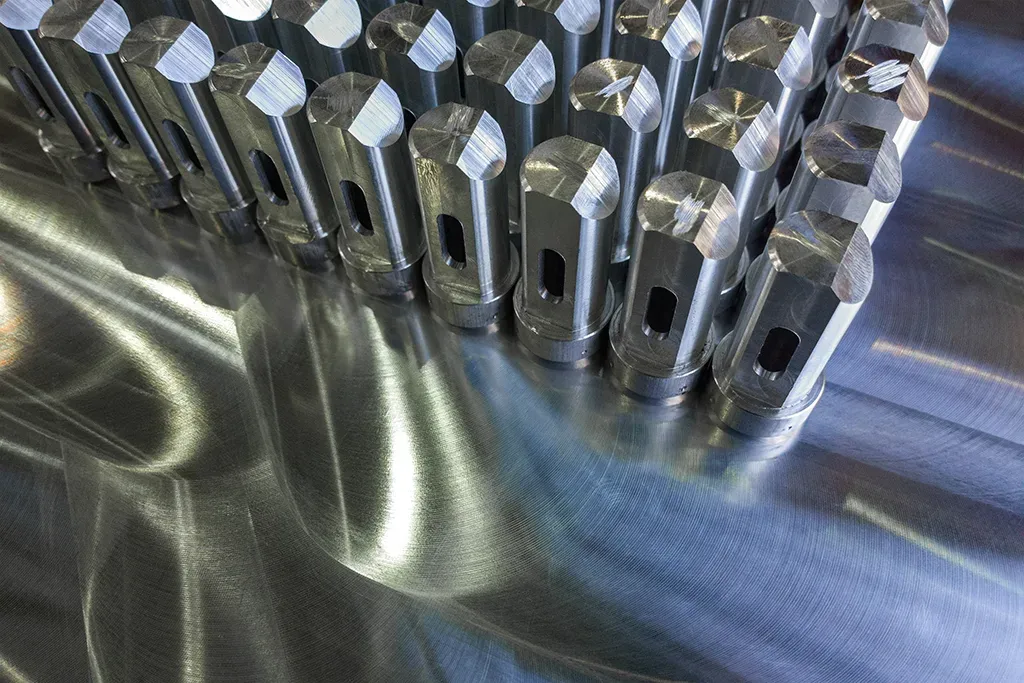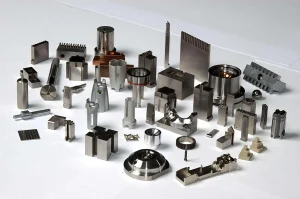CNC turning is a popular manufacturing process that shapes materials into precise components. This technique relies on computer-controlled lathes to create cylindrical parts. Various materials are suitable for CNC turning, each offering unique properties and advantages. In this article, we will explore the most commonly used materials in CNC turning and their applications.

1. Metals
Metals rank among the most widely used materials for CNC turning. Manufacturers frequently choose several types of metals, including:
- Aluminum: This lightweight and corrosion-resistant metal is easy to machine. Manufacturers often use aluminum to create parts in the automotive and aerospace industries.
- Steel: Known for its strength and durability, steel comes in different grades, such as stainless and carbon steel. Manufacturers prefer stainless steel for its corrosion resistance, making it ideal for medical and food processing applications.
- Brass: This metal boasts excellent machinability. Engineers commonly use brass in plumbing fittings and electrical components due to its conductivity and resistance to corrosion.
2. Plastics
Plastics also gain popularity in CNC turning. They are lightweight and versatile. Common types include:
- Acrylic: This transparent plastic works well for optical applications. It is easy to machine and can be polished to a high gloss.
- Polycarbonate: Known for its impact resistance, polycarbonate suits safety equipment and electronic housings. CNC turning enables the creation of complex shapes with this material.
- Nylon: This strong plastic exhibits excellent wear resistance. Manufacturers often use nylon in gears, bushings, and bearings.
3. Composites
Composite materials combine two or more different substances, offering enhanced properties. For CNC turning, commonly used composites include:
- Carbon Fiber: This lightweight material provides incredible strength. Manufacturers often use carbon fiber in aerospace and automotive applications, allowing CNC turning to create complex shapes that maintain structural integrity.
- Glass Fiber Reinforced Plastics (GFRP): GFRP combines glass fibers with resin, resulting in a lightweight and strong material. Engineers utilize GFRP for various applications, including automotive parts.
4. Hard Materials
CNC turning also accommodates hard materials, which require special tooling and techniques. Examples include:
- Titanium: This metal is renowned for its strength-to-weight ratio. Manufacturers frequently use titanium in aerospace and medical implants. CNC turning allows precise shaping of titanium components.
- Hardened Steel: This type of steel undergoes heat treatment, making it tough and durable. Engineers often use hardened steel for manufacturing cutting tools and industrial machinery.
5. Specialty Alloys
Specialty alloys are engineered to provide specific properties, making them suitable for demanding environments. For example:
- Inconel: This nickel-chromium alloy resists heat and corrosion effectively. Manufacturers commonly use Inconel in aerospace and chemical processing applications.
- Monel: This copper-nickel alloy offers excellent resistance to seawater and acids. CNC turning produces components for marine and chemical applications.
6. Wood
Although less common, wood can also undergo CNC turning. Both softwoods and hardwoods suit the creation of decorative and functional items. CNC technology enables intricate designs in furniture and crafts.
Conclusion
Conclusion
In summary, a wide range of materials serves well in CNC turning. Metals, plastics, composites, hard materials, specialty alloys, and even wood all have distinct applications in this manufacturing process. Each material offers unique properties that enhance the performance of the final product. As technology continues to advance, the possibilities for CNC turning will expand. Understanding these materials is crucial for businesses seeking to optimize their manufacturing processes. By selecting the right material, manufacturers can achieve greater efficiency and superior product quality.






